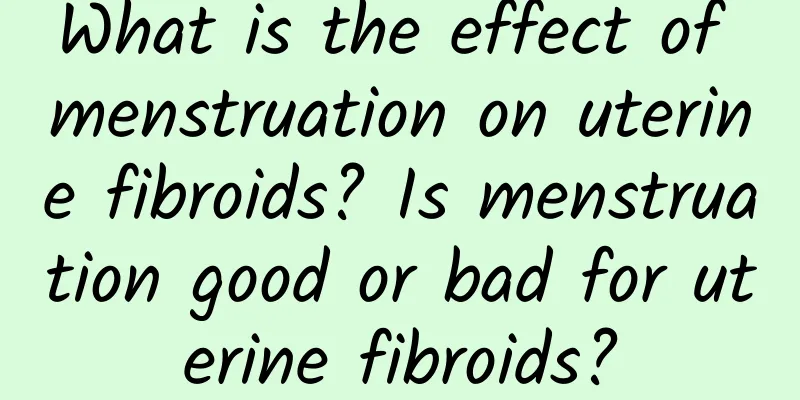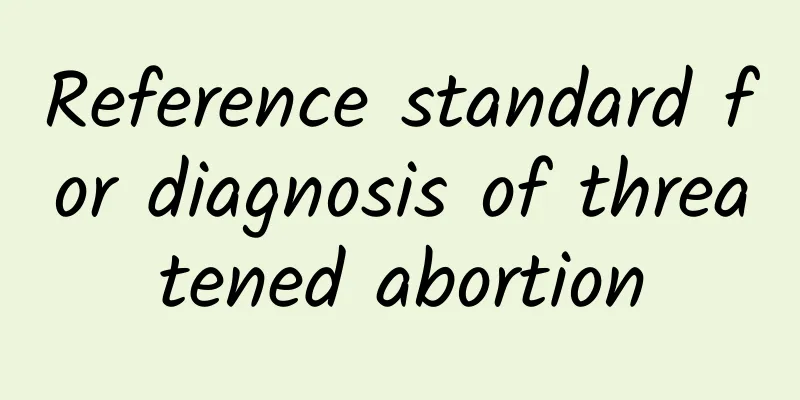Insufficient blood supply to uterine fibroids can cause various changes

|
When uterine fibroids grow too quickly and cause insufficient blood supply, the following different types of degeneration will occur. treat There is no single best approach to uterine fibroid treatment — there are many treatment options. If you have symptoms, talk to your doctor about options for symptom relief. Waiting with caution Many women with uterine fibroids experience no signs or symptoms, or only mildly annoying signs and symptoms that they can tolerate. If this is the case for you, watchful waiting may be the best option. Fibroids are not cancerous. They rarely interfere with pregnancy. They usually grow slowly — or not at all — and they tend to shrink after menopause, when reproductive hormone levels drop. Drug treatment Uterine fibroid medications target hormones that regulate your menstrual cycle and treat symptoms such as heavy menstrual bleeding and pelvic pressure. They cannot eliminate fibroids, but may shrink them. Medications include: Gonadotropin-releasing hormone (Gn-RH) agonists. Drugs called Gn-RH agonists (Lupron, Synarel, and others) treat fibroids by blocking the production of estrogen and progesterone, putting you into a temporary postmenopausal state. As a result, menstruation stops, fibroids shrink, and anemia often improves. Your doctor can prescribe a Gn-RH agonist to shrink the size of your fibroids before planned surgery. Many women have significant hot flashes while using Gn-RH agonists. Gn-RH agonists are usually not used for longer than three to six months because symptoms return after stopping the medication, and long-term use can lead to bone loss. Progestin-releasing intrauterine device (IUD). A progestin-releasing IUD can reduce heavy bleeding caused by fibroids. A progestin-releasing IUD only provides symptom relief and will not shrink fibroids or make them disappear. It also prevents pregnancy. Dexamethasone acid (LYSTEDA). This nonhormonal medication is used to relieve heavy menstrual periods. It is taken only on days with heavy bleeding. Other medications. Your doctor may recommend other medications. For example, oral contraceptives or progestins can help control menstrual bleeding, but they will not reduce the size of fibroids. NSAIDs (nonsteroidal anti-inflammatory drugs), which are not hormonal drugs, can effectively relieve pain associated with fibroids but do not reduce bleeding caused by fibroids. Your doctor may also recommend that you take vitamins and iron if you have heavy menstrual bleeding and anemia. 1. Transparent degeneration Hyaline degeneration is mainly caused by edema and softening of part of the tumor tissue, which causes the disappearance of its vortex-like structure and the appearance of a uniform transparent substance. The cell structure is generally not visible under light microscopy, and the lesion site is mostly a structureless uniform red area. 2. Cystic changes Cystic change is generally caused by the development of hyaline degeneration, and the phenomenon of insufficient blood supply is more serious. The tissue in the degenerated area will liquefy and form a cystic cavity containing jelly or transparent liquid, making the entire tumor soft like a cyst. 3. Necrotic changes Degeneration and necrosis is caused by twisting of the pedicle of uterine fibroids or severe infection, which causes the central part of the fibroid to be far away from the blood supply area, resulting in necrosis. Most necrotic tissues are grayish yellow, soft and brittle, and may also form multiple small cavities. 4. Fatty degeneration Fatty degeneration often occurs in the late stage of hyaline degeneration or after necrosis, which is mainly related to the metaplasia of the tumor stroma, followed by the formation of local adipose tissue. Under the light microscope, it can be clearly seen that there are vacuoles in the muscle cells, the texture is soft, and the fat staining is positive. 5. Red change Red degeneration is a special type of myoma necrosis, which often occurs during pregnancy or the postpartum period. It is mainly caused by local tissue ischemia, infarction, and thrombosis, which triggers local tissue bleeding or hemolysis, causing blood to penetrate into the myoma and appear red. Most of them completely lose their original whorl-like structure. |
<<: What medicine can cure small uterine fibroids? Take these 3 medicines now
Recommend
What are the prevention methods of vaginitis that you know?
What are the preventive measures for vaginitis? W...
What are the effects of having uterine fibroids on the posterior wall? Is it serious to have uterine fibroids on the posterior wall?
What are the effects of having uterine fibroids o...
What are the differential diagnoses for endometrial thickness?
Endometrial thickness refers to the thickness of ...
Will ovarian cysts cause symptoms of irregular menstruation? How to prevent ovarian cysts
Will ovarian cysts cause symptoms of irregular me...
Mental factors can also induce dysmenorrhea in women
Primary dysmenorrhea is also called functional dy...
Causes of vulvar leukoplakia Understand these 5 situations and prevent vulvar leukoplakia in time
Vulvar leukoplakia is a gynecological disease. It...
Introduce some diseases that cause dysmenorrhea
Dysmenorrhea can cause some troubles in the daily...
Boiled eggs are nutritious, but can the elderly only eat boiled eggs? Nutritionist Zhao Hanying reveals: 3 NG ways to cook eggs
Boiled eggs are simple to make and are one of the...
Why do women need to take birth control pills after abortion? What are the common problems after abortion?
Almost all women who are pregnant unexpectedly ch...
Like Kate! 6 rules for pregnant mothers to control their weight
Britain's Princess Kate is about to welcome h...
Suitable for both men and women! 4 Tips for Healthy Eating in Hollywood
Hollywood action star Jason Statham, who was once...
What is malignant uterine fibroids
Uterine fibroids are common benign tumors of the ...
What are the medications for cervicitis?
The issue of medication for cervicitis has always...
Warning: Clinical manifestations of vulvar leukoplakia include obvious atrophy of the vulva
Clinically, leukoplakia of the vulva is mainly se...
Experts tell you the clinical manifestations of cervical hypertrophy
Cervical hypertrophy is a gynecological disease t...









